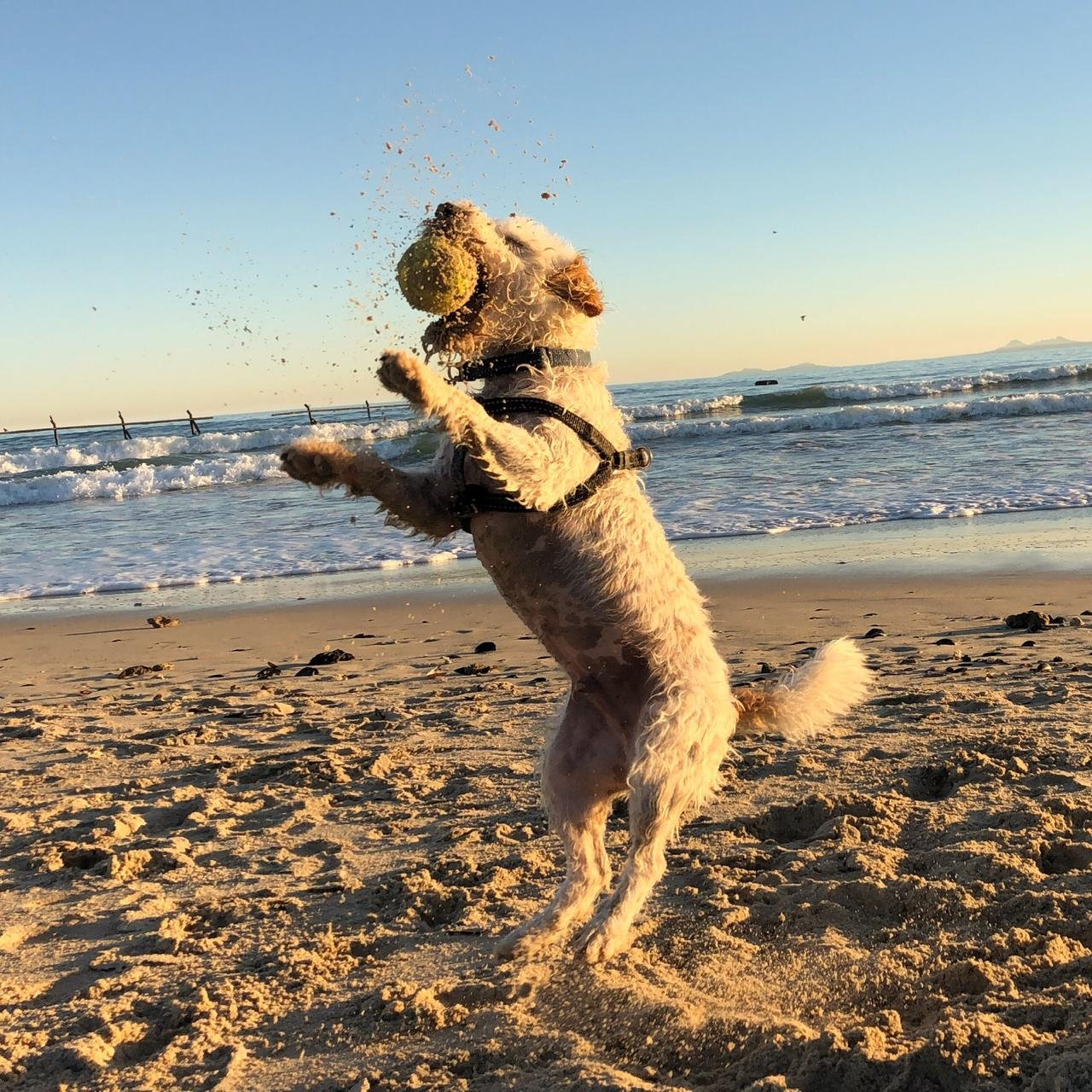About South African Wine
A little Bit of History
Old World or New World? South Africa is a little bit of both. The first harvest was back in 1659 which actually makes it older than any other New World wine country! In 1685 the first Governor of the Dutch Cape Colony, Simon van der Stel, located a prime spot of land from vineyards, recruited some winemakers from France, and established the Constantia Wine Estate (which is where one of our producers, Constantia Glen now sits).
Throughout the years, South African wine has had its ups and downs but the real turning point recently was after Apartheid ended in 1994 and wine estates could now export their wine to the world. The Western Cape (see map below) always had the potential in its diverse microclimates and ancient soils to create truly world-class wine - now there was a market and incentive to place more emphasis on quality - there has been an explosion of absolutely magnificent wine being produced in the past 3 decades.
Western Cape - The winegrowing regions
The Western Cape winegrowing region is just 500km west to east but within that relatively small area, there are a multitude of different soil types and microclimates between the mountain ranges which favour different grape varieties. On a single farm you can find clay-rich soils which will favour varieties like Merlot, and on the other side, decomposed granite soils which lend a brilliant crystalline minerality to Chenin Blanc.
The main reasons for these changes in microclimates can be attributed to proximity to the coast, aspect and altitude :
Proximity to the coast
While South Africa, in terms of latitude, is in the warm zone for winegrowing, proximity to the cold currents running up from Antarctica along the coast and the associated cool ‘Cape Doctor’ wind significantly brings down the temperature of southern regions on the coast like Elim, Hermanus, Elgin and even Constantia. In these regions you’ll find excellent wines from varieties that thrive in cooler climates like Sauvignon Blanc, Pinot Noir and Chardonnay. As you move inland through Stellenbosch, to Paarl and Swartland the daytime temperatures become warmer, favouring Chenin Blanc, Verdelho, Cabernet Sauvignon, Syrah and Pinotage.
Aspect
Just like in Europe, aspect is incredibly important in the Western Cape. However, while in countries like France and Germany growers look for slopes angling toward the equator (for more sunlight and ripeness), since Western Cape is is at a lower latitude, with a longer, warmer summer, a lot of the best farms actually face away from the equator to slow down ripening and reap the benefits of a longer growing season.
Another point to note with aspect is whether the aspect is on a windward slope facing the ocean, or on the leeward side, providing shelter. In summer, the temperature in Elgin, which faces the ocean, can sometimes be up to 10 degrees cooler than on the other side of the mountain ridge in Stellenbosch!
Altitude
One of the things that makes the Western Cape such a spectacular place to visit is the Mountain ranges that divide up the landscape. For anyone who’s climbed a mountain before, you’ll have noticed that the air gets cooler - this is something wine growers use to their advantage. Many of the best wine estates in the warmer regions of the Cape like Stellenbosch are perched on the slopes of mountains where they can grow varieties that prefer a little more warmth like Syrah lower down, and those that like a cooler climate like Chardonnay up the top.
Pinotage, Chenin Blanc and Cabernet Franc
Anyone who’s tried South African wine has probably tried or at least heard of Pinotage. This grape was created at the University of Stellenbosch in South Africa by Professor of Viticulture, Abraham Izak Perold, in 1924 (then first cultivated in 1925). It’s the offspring of Pinot Noir and Cinsault - which they called Hermitage at the time, hence the name Pinotage! After almost 100 years of trial and error with this difficult grape (and some questionable expressions produced), we are now starting to see outstanding wines produced - from crisp rosés to wonderfully balanced full bodied reds that can age 30+ years.
If you have a look through our little portfolio, you may be asking why we have so much Chenin Blanc and Cabernet Franc. The Western Cape produces a lot of brilliant wine, but for us, these two grapes in particular express their terroir (soils & climate) more than any other (Syrah is arguably on par with Cab Franc). This is particularly evident in the old-vine Chenins (over 35 years old). Like people, each vine grows according to its environment and develops such a distinct character, you’ll be amazed by the difference between two old-vine Chenins.







